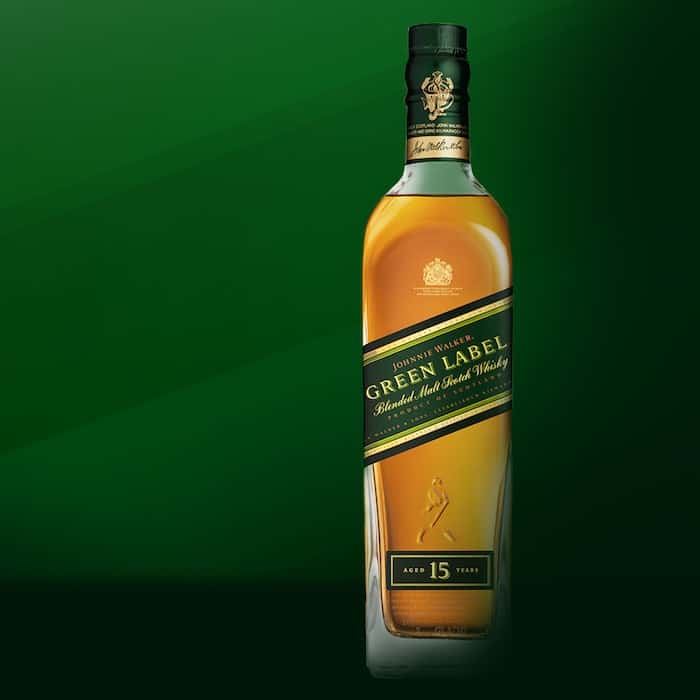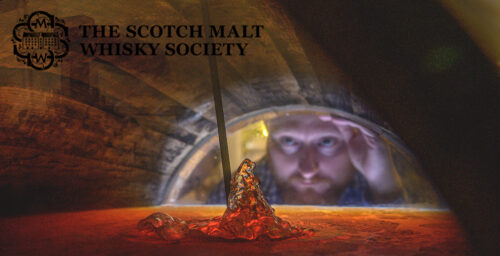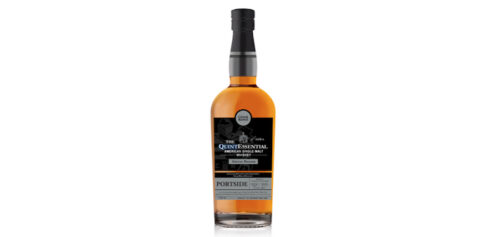When most people think of Scotch whisky, one of two things comes to mind: stately, storied single malts, each with a bagpipe-laden backstory and understated branding; or blended scotch, the stuff you drank with your grandpa and order at hotel bars. But there’s another category worth getting to know that sits somewhere between those two: blended malt whisky.
Where blended scotch can contain single grain distillate, which is made from grains other than malted barley, blended malt whisky must contain nothing else besides single malt scotch – although there’s no limit to the number of single malts it can contain. Once nearly lost in single malt’s shadow, blended malt whisky is making a serious comeback, riding the rising tide of the booming whisky industry, drawing customers seeking distinctive expressions and enticed by blended malt’s often lower price point.

Formerly called “vatted malt” or “pure malt,” blended malt whisky got a new name after the industry objected to Diageo’s attempt to rebrand Cardhu’s single malt “pure malt.” After demand for Cardhu’s single malt in Spain outstripped supply, the spirits giant moved to quietly transform Cardhu single malt into “Cardow Pure Malt,” a change many felt was intentionally confusing.
It’s probably a good thing; the word “pure” has had a rocky reception from the TTB. It was a point of contention in a recent kerfluffle over the Irish single malt Redbreast, which was originally introduced to the U.S. labeled as “pure pot still” whiskey. Regulators said “pure” came too close to a health claim, and forced Irish Distillers to rename the product “single pot still.”
The bold, distinctive flavors of single malt provide an irresistible palette for innovative whisky blenders. Where distillery-branded single malts tend towards the staid and traditional, blended malts are playful, tongue-in-cheek affairs, a gathering of single malts united by a region, style, or ideology.
Some great ones include Big Peat from Douglas Laing, a blended malt made from peated distillate from Ardmore, Caol Isla, Bowmore, and the mothballed Port Ellen. Pungently salty, smoky, and damp, this tastes like a campfire and smells just like a dockhand – in the best possible way. On the other end, there’s The Hive from Wemyss, a blend of 16 different Speyside single malts, all “noted for honey flavors.”
One also not to forget about is the legendary Johnnie Walker Green Label, the famous 15 year old that draws whisky “from the four corners of Scotland” into its blend.



